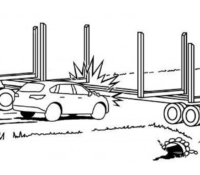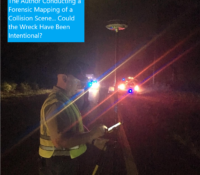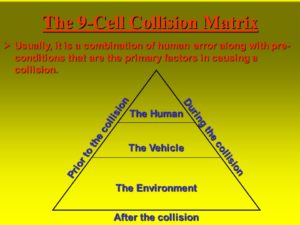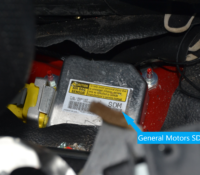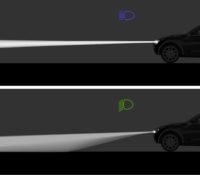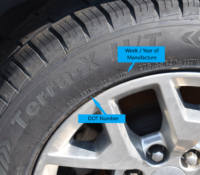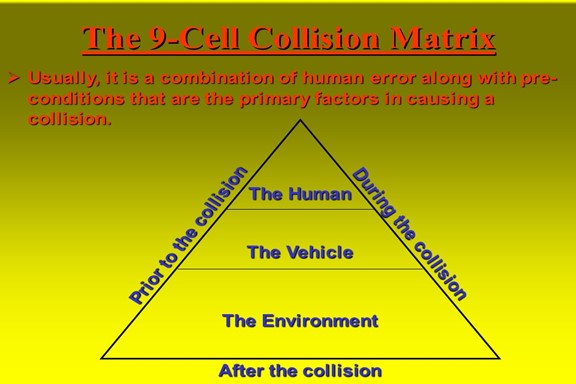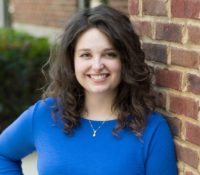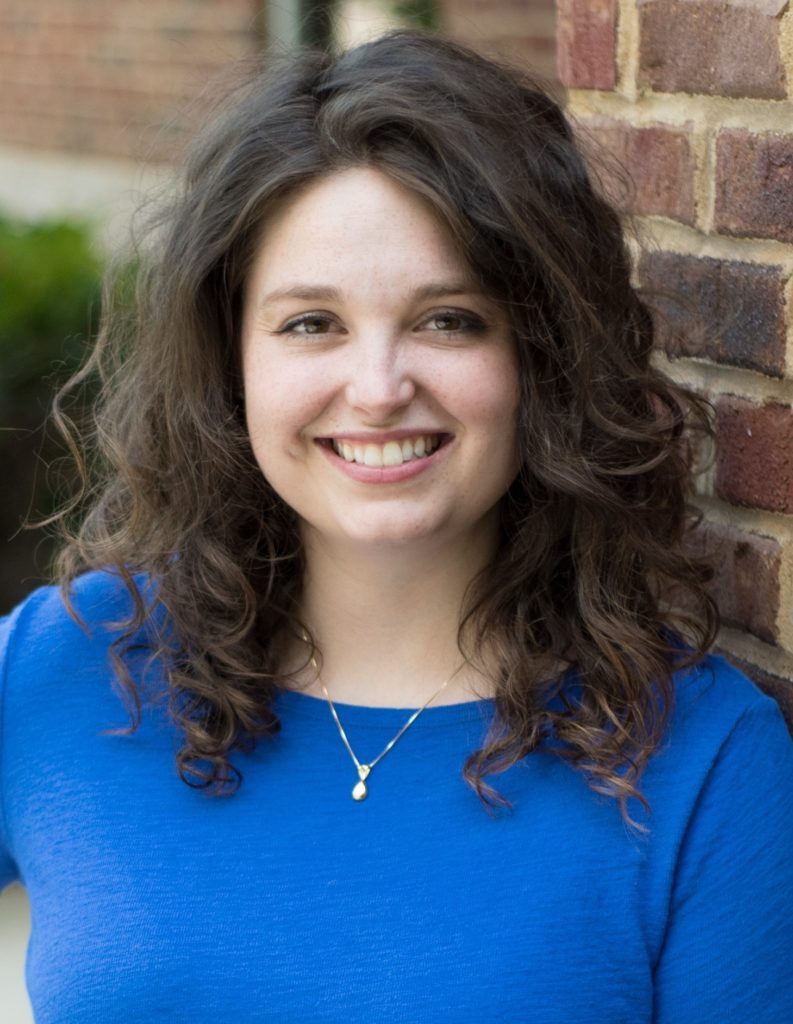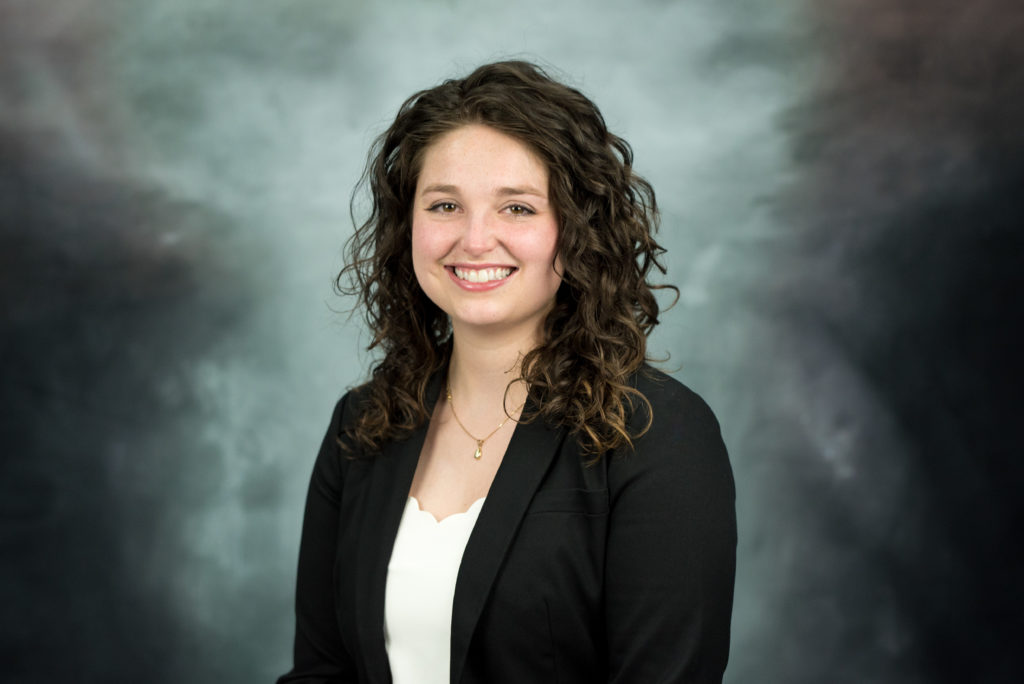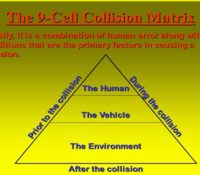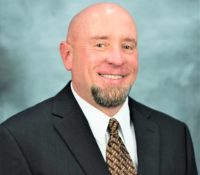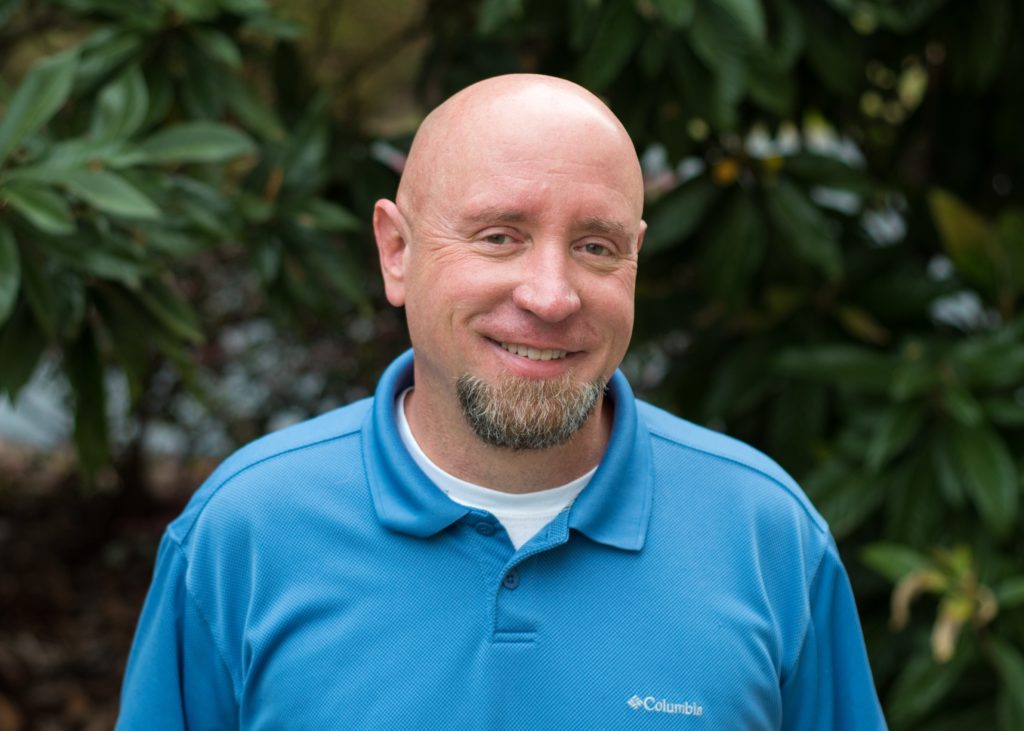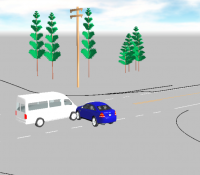What You Don’t See Can Hurt You-Undercarriage Crashes
A 43-year-old man driving his small vehicle northbound in the right lane of a rural two-lane paved road, was on his way to his favorite hunting spot in the early morning. He had two passengers with him—one in his front passenger seat and one in his back left seat. It was dark outside, and the weather was clear and dry. Along the rural two-lane road were large wooded private properties with no ambient lighting illuminating the roadway. Further up the road, a log truck began to turn left onto the road. Unable to entirely turn left in one fluid movement, the log truck Read More



